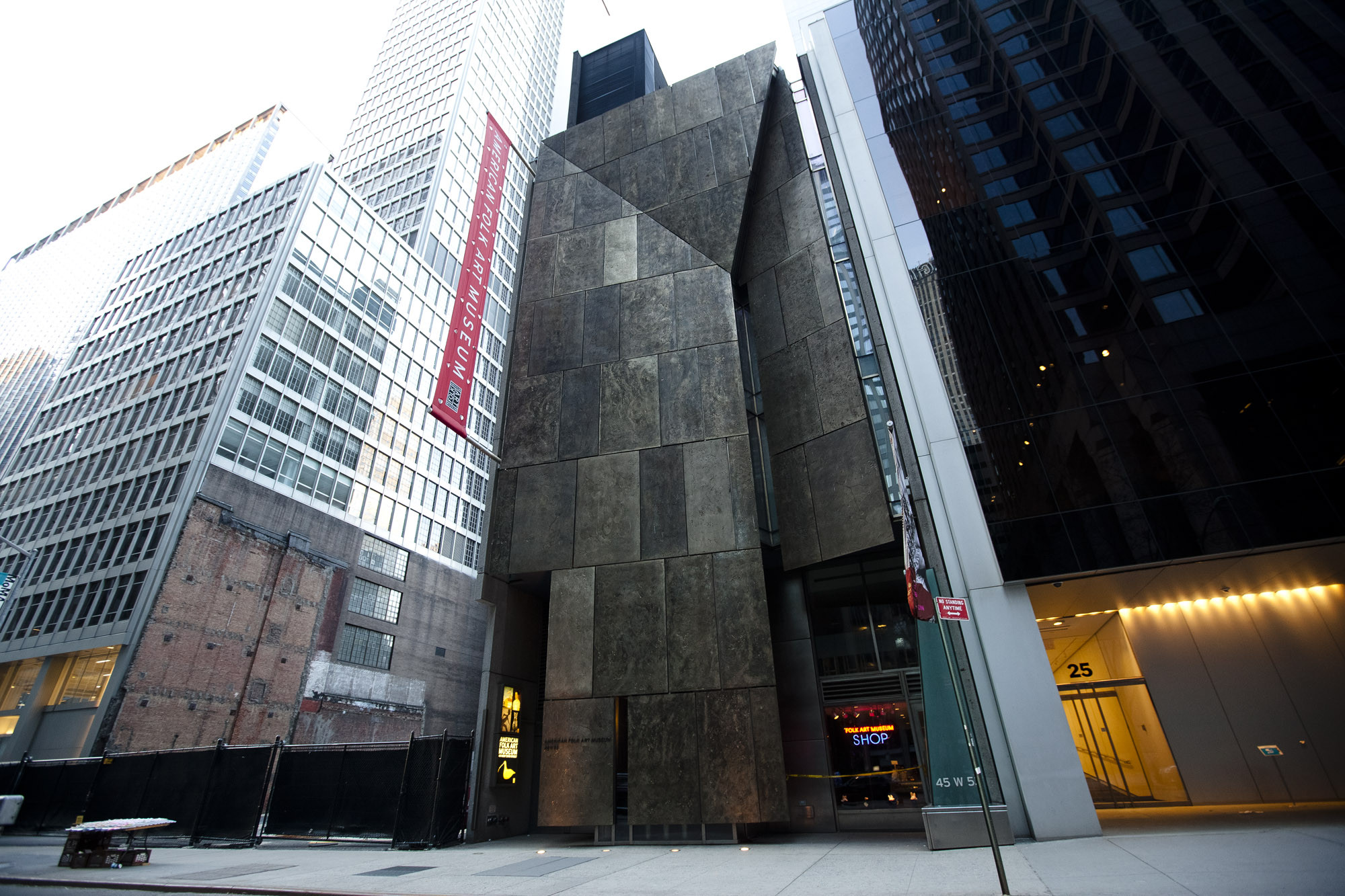
The Folk Art Museum is most certainly doomed; it may have been doomed from its first appearance. Designed and built to endure, it will soon dissipate in a fog of demolition and fading memory, its lifespan ultimately briefer than a McDonald’s franchise. Looks aren’t everything, I guess.
This raises a lot of questions about permanence, memory, and the spatial character of cities. If The Folk were not in New York, would its status as a landmark building still hold? A particularly New York type of building, more front and slot, it’s a building that is about the street as much as it is about an interior world beyond that street. And losing it will mean West 53rd will be wrought more mega in scale and commercial in vision.
As Paul Goldberger stated in Vanity Fair, “A city that allows such a work to disappear after barely a dozen years is a city with a flawed architectural heart. A large cultural institution that cannot find a suitable use for such a building is an institution with a flawed architectural imagination.”


